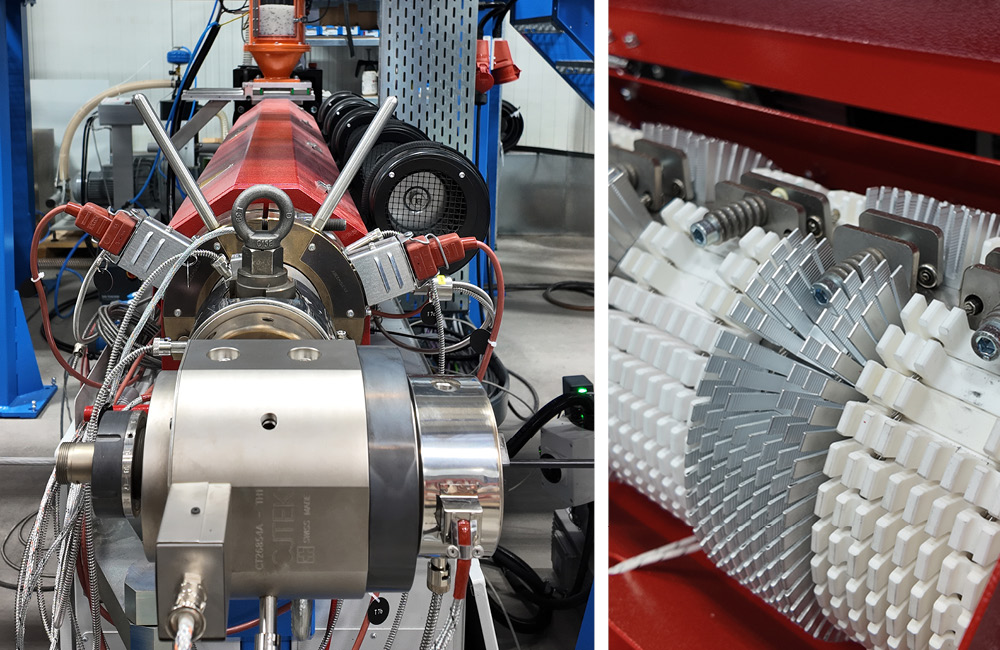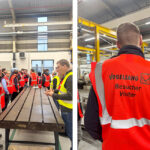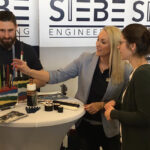High-tech under the hood
It sounds so simple: melt plastic and apply it around a core (wire, cable, or similar) or extrude it as a profile, strand, or tube. This process, known as extrusion in cable production, is much more than just that. An extruder is a highly complex machine, where every parameter must be perfectly aligned to ensure that the product’s outer layer has the exact right properties.
Together with our colleagues from SIEBE Engineering, we are true professionals in this field. But let’s take a closer look at such an extruder and its structure:
Hopper:
It is at the beginning of the process chain and takes in the plastic (usually in granulate form).
Screw:
It rotates inside and transports the granulate forward, while it melts and homogenizes through heat, friction, and pressure.
Cylinder with heating and cooling zones:
It surrounds the screw and is equipped with heating and cooling elements, ensuring the material reaches the necessary temperature without overheating.
Die head:
Located at the end of the extruder, it is designed to discharge the plastic according to the specific application.
This setup ensures that the plastic is processed efficiently and can be precisely applied to a cable, for example. Our modern extruders are available for various applications, such as the production of highly complex sheathed cables for the automotive industry, data communication, or in the field of medical technology. Materials like tubes, profiles, and hoses can also be produced by our extruders.
At KURRE, we design and realize not only the extruder but also the complete surrounding system – from unwinders to winders. For more information, visit https://www.kurre-systems.de/en/extrusion-lines or contact our KURRE representatives https://www.kurre-systems.de/en/contact.






